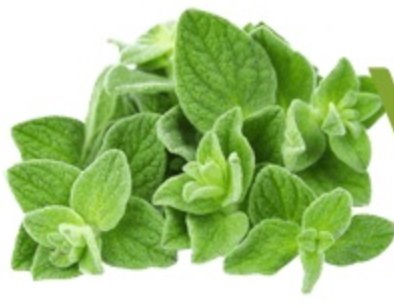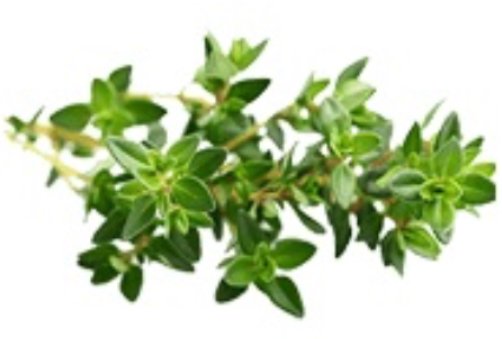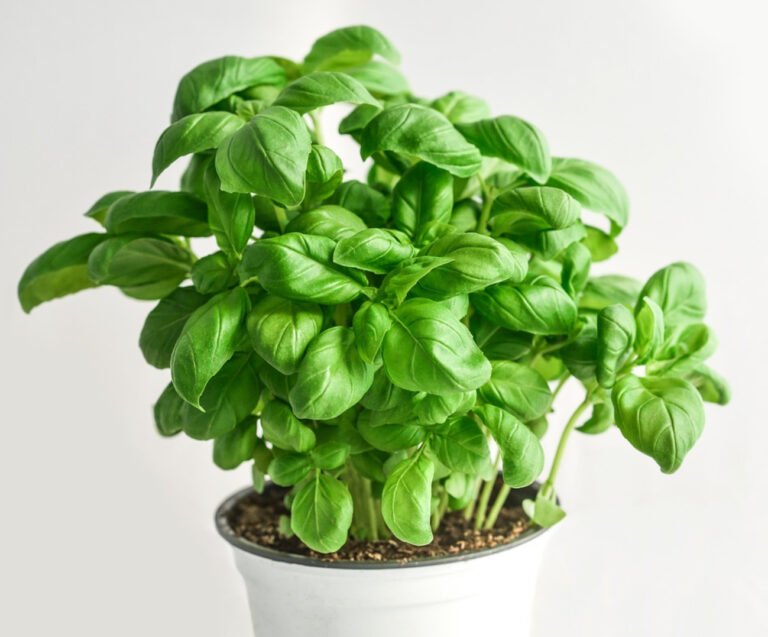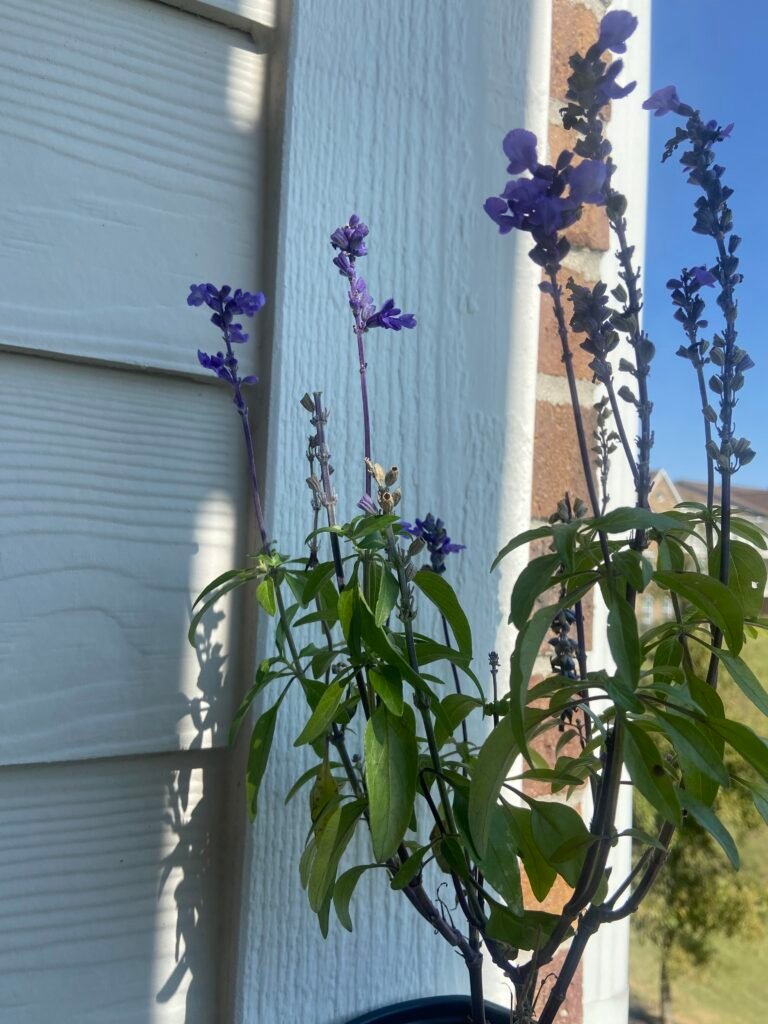What is the difference between thyme and oregano?




Thyme VS Oregano
Oregano and thyme are both aromatic herbs that are part of the mint family and can be used in many recipes, but they have different flavors and uses:
- Flavor
- Oregano has a strong, pungent flavor with notes of earth, hay, mint, and camphor.
- Thyme has a more balanced flavor with notes of citrus, mint, wood, and flowers, and can sometimes be peppery and sweet.
- Uses
- Oregano is often used in pizza, casseroles, fish, meat, grilled vegetables, and chili con carne.
- Thyme is often used with poultry, meat, eggs, and in soups.
- Health benefits
- Oregano may help with digestion, coughs, and fighting bacteria and viruses.
- Thyme may help lower blood pressure, prevent bacterial infections, fight acne, and alleviate coughs.
- Growing conditions
- Oregano grows best in sunny spots with fertile, well-drained soil.
- Thyme grows best in warm, sunny spots with free-draining soil or containers.
- Substitution
- Oregano can be used as a 1:1 substitute for thyme, whether fresh or dried.
Thyme and oregano are aromatic herbs commonly used in cooking but have distinct flavors, uses, and botanical characteristics. Here’s a comparison of the two:
1. Flavor Profile:
- Thyme: It has a subtle, earthy, and slightly minty flavor with hints of lemon. It’s often described as savory and mild.
- Oregano: It has a bolder, more peppery, and slightly bitter flavor. Oregano is stronger and more pungent than thyme, often with a spicy note.
2. Botanical Classification:
- Thyme: Belongs to the Lamiaceae (mint) family, specifically to the genus Thymus. Thymus vulgaris (common thyme) is the most commonly used culinary thyme.
- Oregano: Also a member of the Lamiaceae family, but it belongs to the genus Origanum. Origanum vulgare (common oregano) is the most widely used variety.
3. Appearance:
- Thyme: Features small, thin, oval leaves that grow on woody stems. The leaves are generally light green and can have a slightly fuzzy texture.
- Oregano: Has larger, broader leaves compared to thyme. The leaves are often a deeper green and are more robust and firm.
4. Culinary Uses:
- Thyme: Often used in European, especially French, cuisine (as part of herbes de Provence or bouquet garni) and Mediterranean dishes. It pairs well with meats, soups, stews, and vegetables.
- Oregano: A key herb in Mediterranean and Mexican cooking. It’s most associated with Italian and Greek cuisine (especially pizza and pasta sauces) and is often used in tomato-based dishes.
5. Nutritional and Health Benefits:
- Thyme: Known for its antiseptic and antibacterial properties. It’s also rich in vitamin C and used in natural remedies for respiratory issues.
- Oregano: Contains potent antioxidants and is known for its anti-inflammatory, antimicrobial, and antifungal properties. It’s often used as an immune booster.
6. Essential Oils:
- Thyme Oil: It contains thymol, which has strong antimicrobial properties. It’s often used in mouthwashes, cleaners, and in natural remedies for respiratory problems.
- Oregano Oil: Contains carvacrol and thymol, both of which have powerful antimicrobial, antifungal, and antioxidant effects. Oregano oil is often used for fighting infections and supporting immune health.
7. Growth Conditions:
- Thyme: Prefers well-drained soil and lots of sunlight. It’s a hardy perennial that can tolerate drought and poor soil conditions.
- Oregano: Grows best in sunny, warm climates with well-drained soil. Like thyme, it’s a hardy perennial but can tolerate slightly richer soil conditions.
In cooking, thyme is often used for its subtle flavor that blends well with other herbs, while oregano stands out with its stronger, more pronounced taste.
Oregano and thyme are both aromatic herbs that are part of the mint family and can be used in many recipes, but they have different flavors and uses:
- Flavor
- Oregano has a strong, pungent flavor with notes of earth, hay, mint, and camphor.
- Thyme has a more balanced flavor with notes of citrus, mint, wood, and flowers, and can sometimes be peppery and sweet.
- Uses
- Oregano is often used in pizza, casseroles, fish, meat, grilled vegetables, and chili con carne.
- Thyme is often used with poultry, meat, eggs, and in soups.
- Health benefits
- Oregano may help with digestion, coughs, and fighting bacteria and viruses.
- Thyme may help lower blood pressure, prevent bacterial infections, fight acne, and alleviate coughs.
- Growing conditions
- Oregano grows best in sunny spots with fertile, well-drained soil.
- Thyme grows best in warm, sunny spots with free-draining soil or containers.
- Substitution
- Oregano can be used as a 1:1 substitute for thyme, whether fresh or dried.





